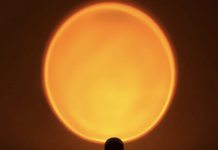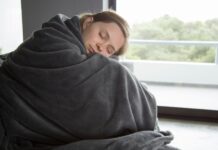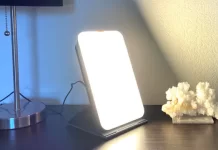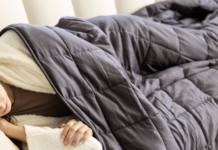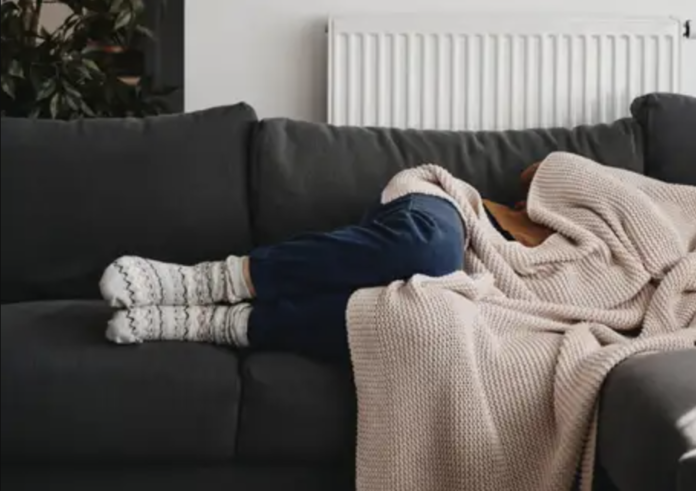Who the hell doesn’t love a good nap? It can rehcarge your mind and body, and allow you to start your day anew with a better outlook and more energy for the rest of the day.
To get the full benefits from nap time, it is important to consider where, when, and how long to nap. These and other factors can influence how a person will feel after waking up from a nap.
Check out our tips for taking the nap of a lifetime.
How Long Should a Nap Be?
Adults should generally take their naps for no more than 20 minutes at a time. The napper can receive some light sleep to increase alertness for 20 minutes without falling asleep deeply. Deep sleep might make you feel groggy and can even make you feel sleepier once you get up. Taking a nap during the day is the best option.
In some circumstances, a lengthier nap of approximately one and a half hours may also be advantageous. This amount of time for the body to cycle through the different phases of sleep without disturbing deep sleep. When trying to avoid weariness, shift workers and emergency personnel may find this type of prolonged snooze particularly beneficial.
If taking naps keeps you from sleeping at night, it might be too much. A 90-minute siesta every now and then might be rejuvenating, but taking one too late in the day could be hazardous. Dependence on naps instead of regular, uninterrupted sleep at night can lead to fragmented sleep or sleep disorders like insomnia.
However, not everyone may experience the same effects from naps. According to several studies, naps have a greater impact on older persons’ overnight sleep than they do on young and middle-aged people.
The best time of day to take a nap
Morning, afternoon or late afternoon? What is the best time of the day to take a nap?
Adult naps should normally be taken eight or more hours before night, according to experts. That typically entails taking a nap before 3 p.m. Inability to sleep at night may be a result of taking a nap too late in the day.
After lunch, naps may seem normal or even necessary to some individuals. It’s also referred to as the post-lunch dip. Although eating lunch may contribute to afternoon drowsiness, circadian rhythm is thought to be responsible for the post-lunch slump.
The body’s internal clock, known as the circadian rhythm, runs on a 24-hour cycle. There are two drowsiness peaks in this cycle. The second peak, which is smaller, occurs in the early afternoon after the nighttime peak.
Where is the best place to take a nap?
Cool, calm, and darkness provide for optimal sleeping conditions. The right environment for napping might help you avoid unexpected awakenings or disruptions.
A bedroom is probably a suitable spot for a quick nap for people who work from home since it is already designed to encourage sleep. Both at night and while taking a sleep during the day, using white noise or blackout curtains to filter out distractions may be helpful.
Accessories like earplugs or an eye mask help lessen interruptions during naps in an office atmosphere. When feasible, naps should be taken in an area with few chances of disruptions. Even nap pods or other quiet rooms for relaxing or a brief period of restorative sleep may be available in some offices.
Set an alarm before your nap session
- Set an alarm for the desired nap length, which is often 20 minutes, before nodding off during nap time.
- Avoid hitting the snooze button when the alarm goes off to avoid falling asleep deeper. To prevent taking naps for too long, set a second alarm to sound shortly after the first one.
- In order to shake off any post-nap lethargy, try to get up as soon as the alarm goes off and stretch or take a short stroll.
Is a caffeine nap a good idea?
Caffeine use prior to a nap may be beneficial for those looking for an energy boost. Caffeine affects the brain and body roughly 30 minutes after consumption, so taking it just before a quick nap may make you more awake when you wake up.
We hpoe the napping tips gave you some insight as to the best way to recharge yourself for the rest of your day. We understand that life can be exhausting, so why not get comfortable and treat yourself to a short nap.
Need more info? Check out our napping frequently asked questions.
